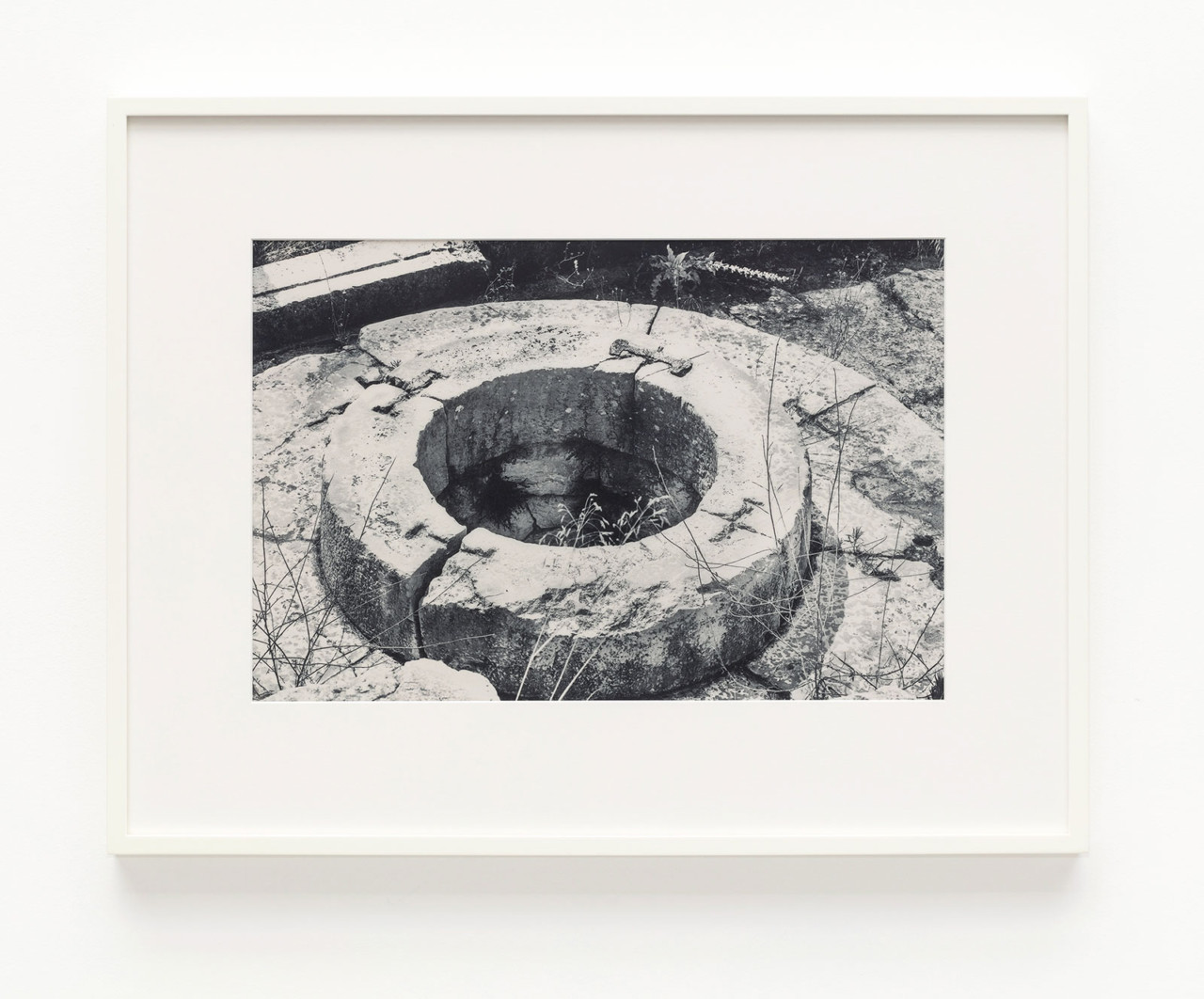


Despite the abundance of critical texts on photography, few critics are fully aware of the actual photographic process: how something can translate into something else through light and how decisive the question of style is. (By style, I mean the consciou
Despite the abundance of critical texts on photography, few critics are fully aware of the actual photographic process: how something can translate into something else through light and how decisive the question of style is. (By style, I mean the conscious or unconscious decision to frame, edit, finesse an image). Photography is therefore both a tool and a process of a subjective interpretation of the world, while it retains its specificity.
For more than four decades, James Welling has maintained a photographic practice that goes beyond image-making. Through the exploration of analogue and digital technologies, his work, which spans from abstraction to representation, has been an examination of the possibilities of photography and an attempt to highlight the complexity and opacity of the medium.
Last June Welling took up the invitation of the artist Jeff Wall to visit Athens, where the latter was having a solo exhibition. During his stay he had the opportunity to visit the National Archaeological Museum, the sacred site of Eleysis. He visited the Acropolis and the Parthenon and took lots of pictures with the enthusiasm of his youth when he first discovered photography and became fascinated with the Hellenistic world.
This body of work titled Planograph is now on view at Maureen Paley. Small-scale, unmonumental and compellingly beautiful, it would be rather simplistic to “read” these photographs as an ode to antiquity and the Hellenistic ideals of beauty. Welling writes how he views them as a form of time travel.
Interestingly, he speaks about the printing technique he has used: “Recently I discovered flexible plate lithography, a form of planographic printing. Planographic plates print from flat surface as opposed to relief printing, such as etching. I image my plates on a laser printer, sponge with water and ink with traditional artist’s oil paint. Rather than printing the result, I present the inked surfaces as photographic objects”.
What Welling is essentially talking about is the process of translation between image making and material culture, between archaeology and photography, between an old medium and a “new medium” (photography). He goes back to the history of photography (let us not forget that many of the early archaeologists were accomplished photographers), which brings to mind the work of Alison Frantz, Nelly and Ansel Adams.
It is both unsettling and bewildering to see IYPD, 2018, a gradated abstraction, juxtaposed with a photograph like Head of Goddess, 2019. But it is through creative curating and considered juxtapositions like this that one can understand the consistency and conceptual premise of Welling’s work, while simultaneously experiencing the timelessness and paradoxical aura of the photographic medium.
Vassilios Doupas
Curator of Programmes
Maureen Paley, 21 Herald Street, London E2 6JT. Open Wednesday-Sunday 11.00-18.00. Exhibition continues until 5 January 2020. www.maureenpaley.com